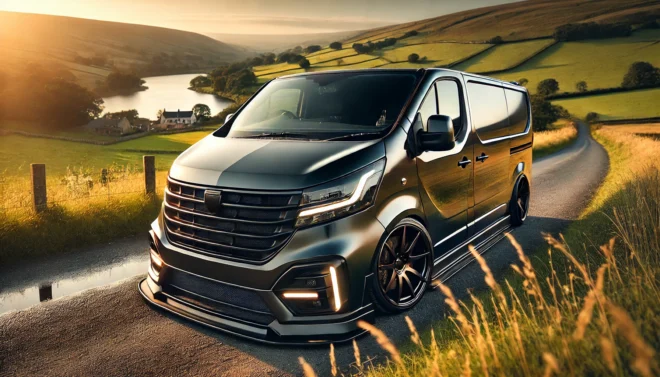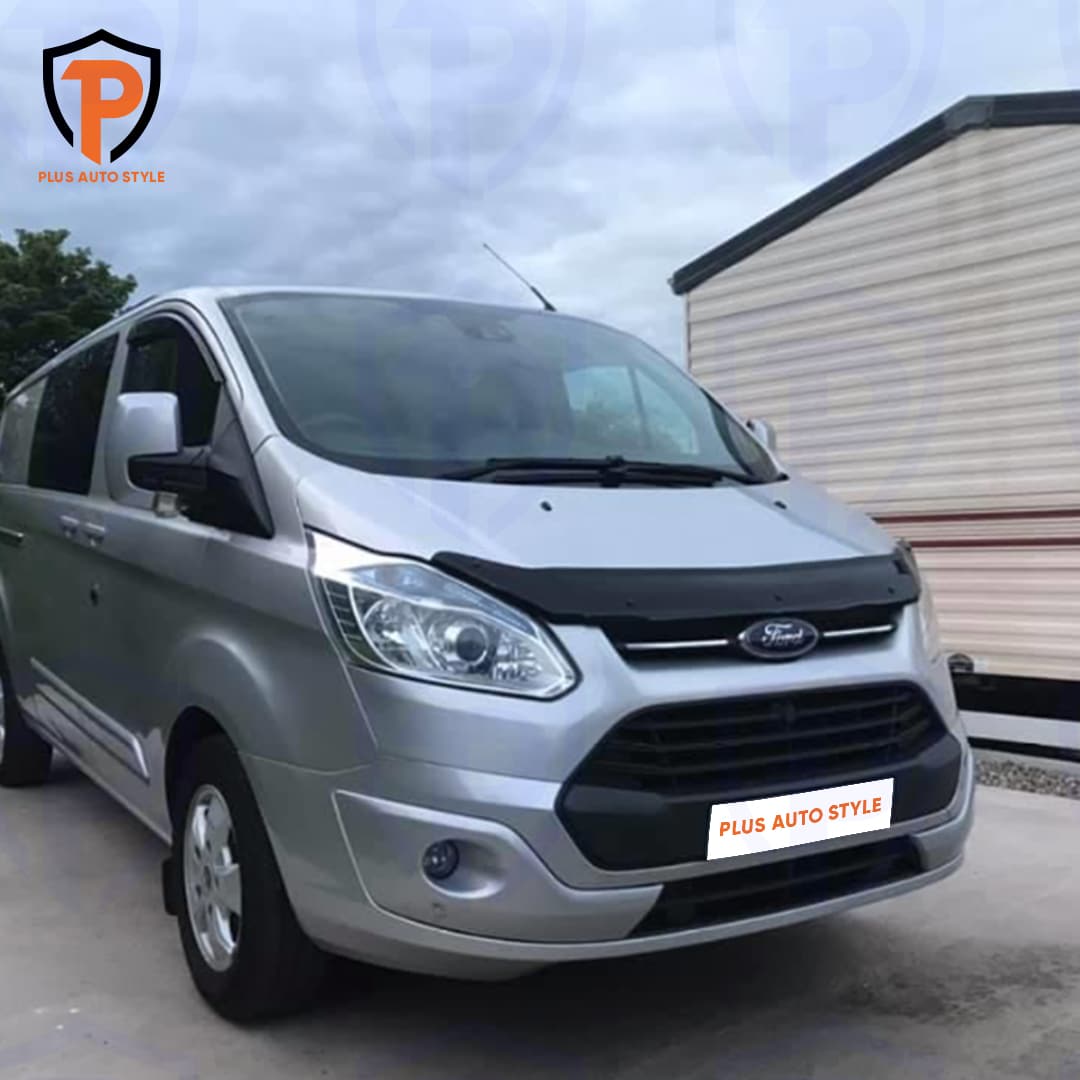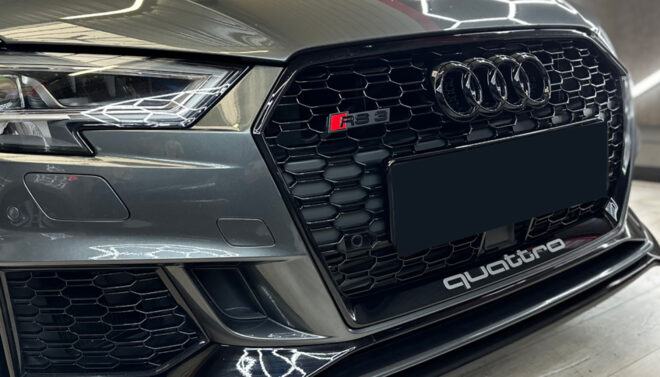When you’re thinking about making your car stand out, many options might come to mind: from upgrading engine performance to buying new headlights. But one of the most noticeable changes you can make is installing a body kit. Here’s a guide to help you make an informed decision.
1. Determine the Desired Effect of Your Body Kit
a. Understanding the Purpose A body kit can dramatically change the appearance of your car. Ask yourself: Do you want it to look sleeker? Faster? Or do you want it to be a real attention-grabber?
b. Considering Aesthetics A smooth design adds elegance, while an extreme design can turn heads wherever you go. But be aware: the latter can also attract law enforcement attention.
c. Resale Value It’s essential to consider how modifications might affect your car’s resale value. Some modifications might make your car less appealing to a broad audience.
2. Color and Finish Choices
a. Raw Look vs. Painted Finish You can leave the body kit materials raw, have them painted to contrast with your car’s color, or match it exactly. Some kits even come pre-painted to your car’s specific color code.
3. Decide on the Body Kit Material
a. Carbon Fiber This is lightweight, enhancing performance, but it’s delicate. It’s best suited for track or show cars.
b. Polyurethane If aesthetics are your only concern, this is a durable and precise option.
c. Fiberglass A balance of custom look and performance. However, it’s delicate and can easily get damaged.
4. Setting Your Budget
a. Budget-friendly Options For those on a tight budget, polyurethane is a cost-effective choice. If you’re looking for a unique look without breaking the bank, fiberglass is a good pick.
b. Mixing and Matching You don’t need to stick to one brand or style. Mix and match to create your unique look, such as combining a Greddy front bumper with a Veilside side sill package.
5. Custom Body Kit Manufacturing
a. Bringing Your Vision to Life If you have a unique vision or a rare vehicle, consider a custom body kit. Though expensive, this ensures a unique look.
b. Collaborating with Customizers Approach a reputable car customization shop, and come prepared with ideas and pictures. Discuss your budget, the desired materials, and how exclusive you want your design to be.
In Conclusion: Once you’ve made your choice, the next step is installation. If you’re not confident in doing it yourself, consider hiring a professional. After all, a properly installed body kit will significantly impact your car’s appearance.






